The first question that often arises for travellers planning a trip is the best time to visit India. While answering this, we will also discuss the months that may not be ideal for visiting certain parts of the country. First, it is important to understand that India, covering 3.3 million square kilometres, is vast – it is the seventh-largest country in the world. For context, Germany spans only 358,000 square kilometres!
How does this affect our original question? Essentially, a country as large as India has diverse topographies, each with its climate patterns, meaning there is no single answer for the best time to visit India.
Another crucial factor is the origin of traveller and planned activities in India. For example, while the monsoon season in southwestern India lasts from mid-June to September, Mumbai (on the west coast) attracts many tourists from Arab countries who come specifically to experience the rains. Similarly, while the plains of India experience peak summer from April to June, this is an ideal time for tourists seeking the cooler, serene hills of Himachal Pradesh, Uttarakhand, and the Northeastern states.
In summary, India’s climate is influenced by the monsoon cycle, which runs from June through October.
Summers in India
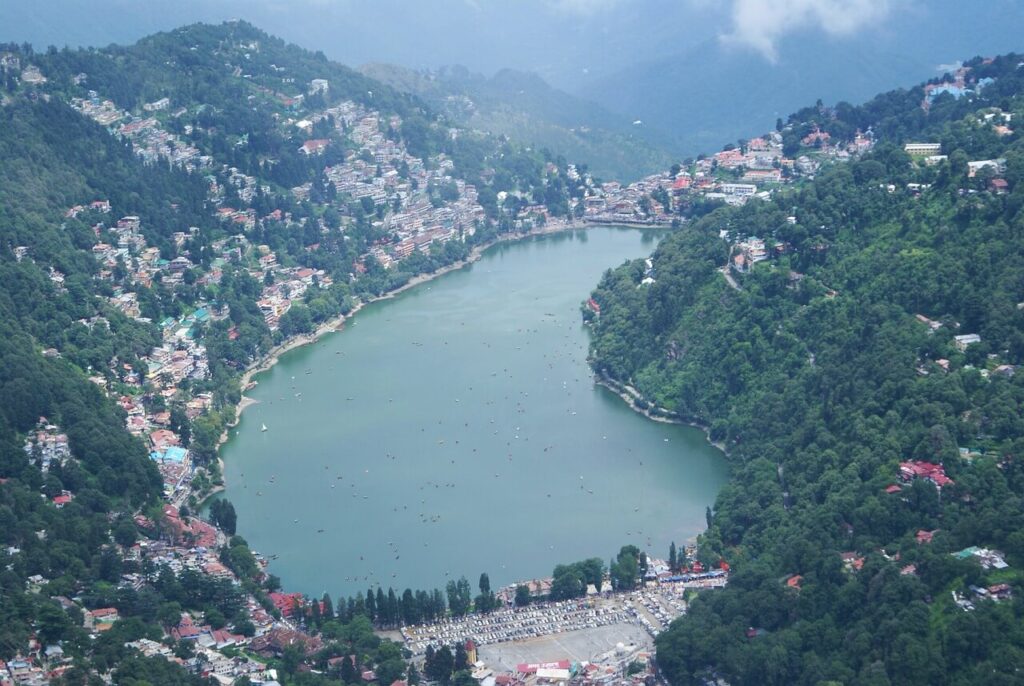
Summers in India begin around mid-April and typically extend through June or early July. During this period, the intensity of summer varies greatly across the country. The plains of India—including regions such as Punjab, Haryana, Uttar Pradesh, and Madhya Pradesh—as well as coastal areas like Odisha, Maharashtra, Tamil Nadu, Andhra Pradesh, Telangana, and Kerala, experience extremely high temperatures ranging from 95°F to 113°F (35-45°C). Coastal regions endure hot, humid weather, while northern and central India face dry, intense heat.
Places To Visit In India In Summer
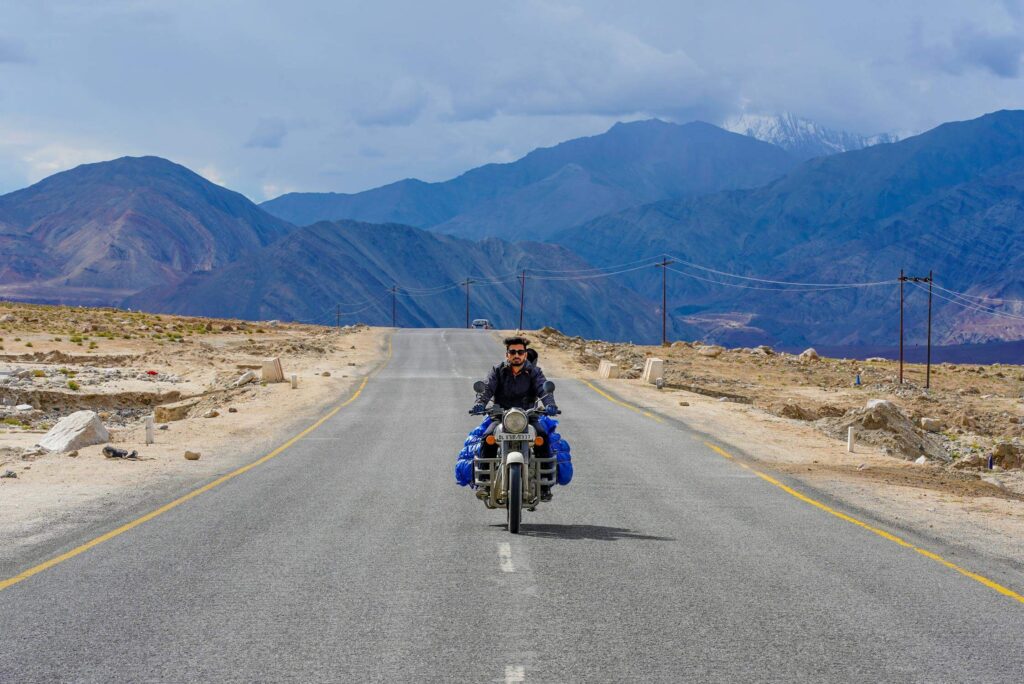
Summer is the ideal season to explore the northern and northeastern hill regions of India. Destinations like Jammu and Kashmir, Ladakh, Himachal Pradesh, Uttarakhand, and the northeastern states of Assam, Meghalaya, Sikkim, Nagaland, Mizoram, Manipur, and Arunachal Pradesh offer a refreshing retreat from the heat. The entire northern belt of India provides a variety of tourist destinations and outdoor activities, ensuring visitors are spoiled for choice. Those who love to trek in the mountains, it is a good time to visit India.
Indian Monsoon
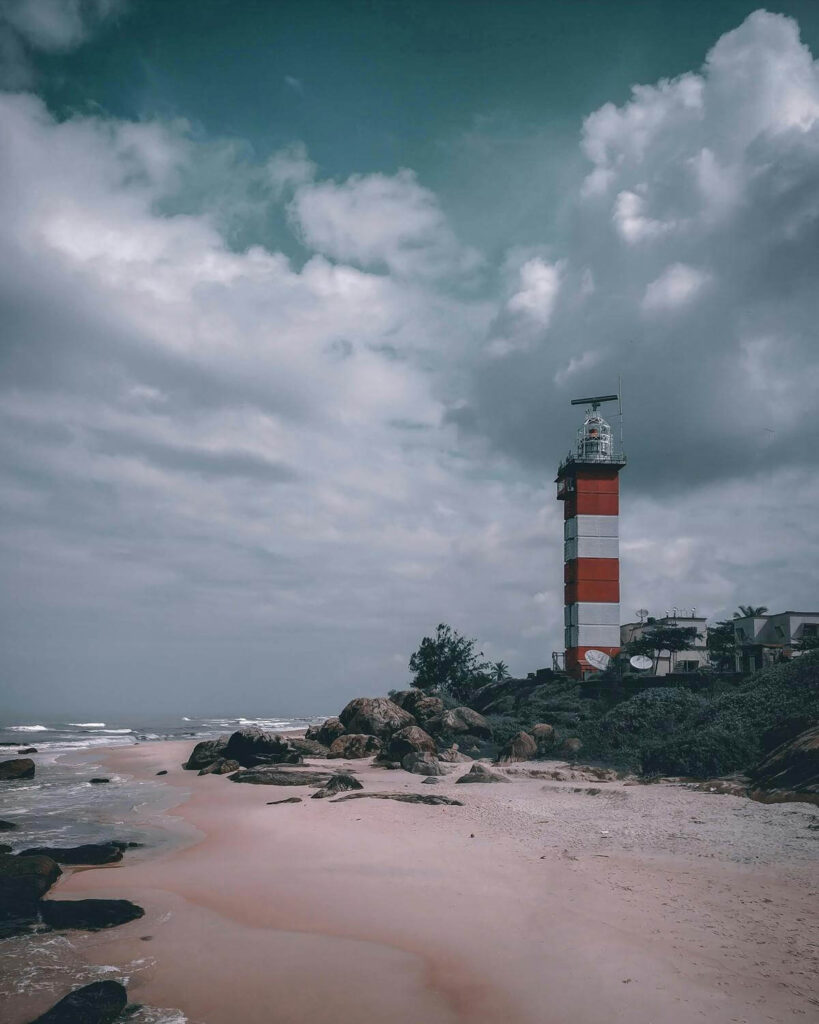
In June, the monsoon enters India through the southern state of Kerala, gradually moving northward. During this period and into July, the southern states and coastal regions begin experiencing rainfall. Temperatures drop slightly but remain high, accompanied by intense humidity. While regions receiving rainfall see temperatures between 77-86°F (25-30°C), the northern plains often continue to endure heat waves.
By July, August, and September, the monsoon has reached almost all of India, bringing heavy to very heavy rainfall. Northern states experience sporadic showers, while coastal and central India see near-constant rain showers throughout this period. The weather remains unpredictable, with nature taking on a dramatic, lush beauty. Many local travellers embrace the season, taking to the roads and savouring warm, comforting foods like pakoras and tea.
Monsoon-chasing, from Kerala up to northern India, has become a popular adventure for road travellers. However, it’s essential to stay informed about weather updates, including potential floods, storms, and landslides, before planning a trip.
Places to Visit in India During Monsoon
One of the best monsoon road trips is along NH66, connecting Mumbai to Kanyakumari, with stops in Goa and the serene beaches of Maharashtra, Karnataka, and Kerala. Beyond the western coast, southern hill stations like Ooty, Coorg, and Kodaikanal transform into green, misty retreats during the monsoon, offering stunning natural beauty.
Indian Autumn: A Season of Festivities and Exploration
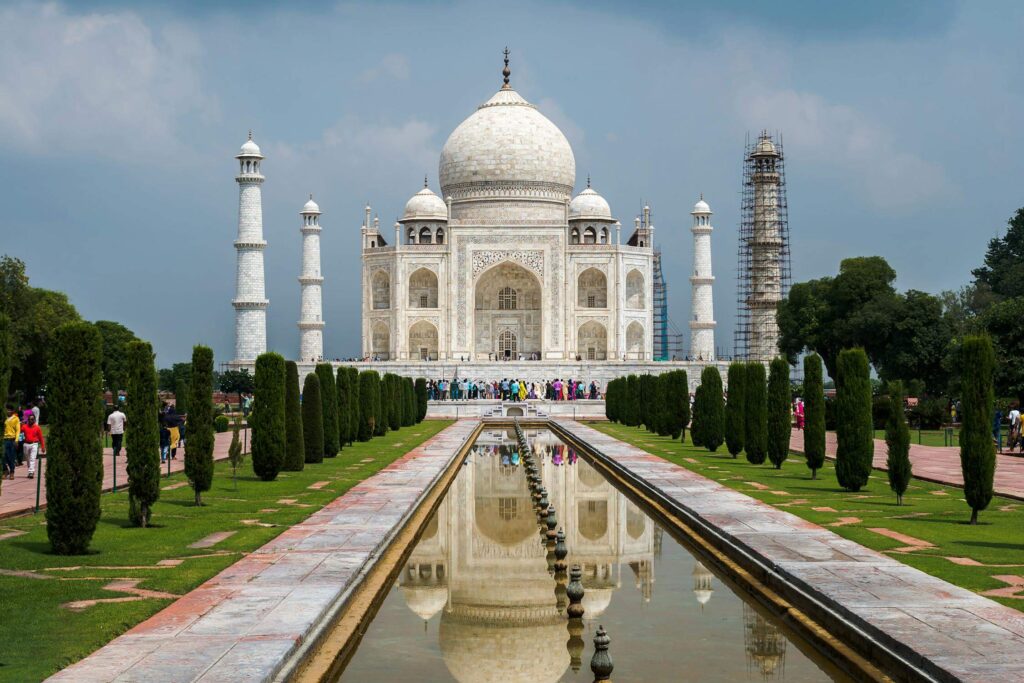
Autumn in India is a vibrant season filled with celebrations. The festivities begin with Ganesh Chaturthi, continue through Navratri, and culminate with Diwali, bringing joy across the country for nearly two to three months. It’s one of the most inviting times to visit India, as temperatures and humidity are comfortably mild across regions, from the coastal towns to the mountainous landscapes.
Best Places to Visit in India During Autumn
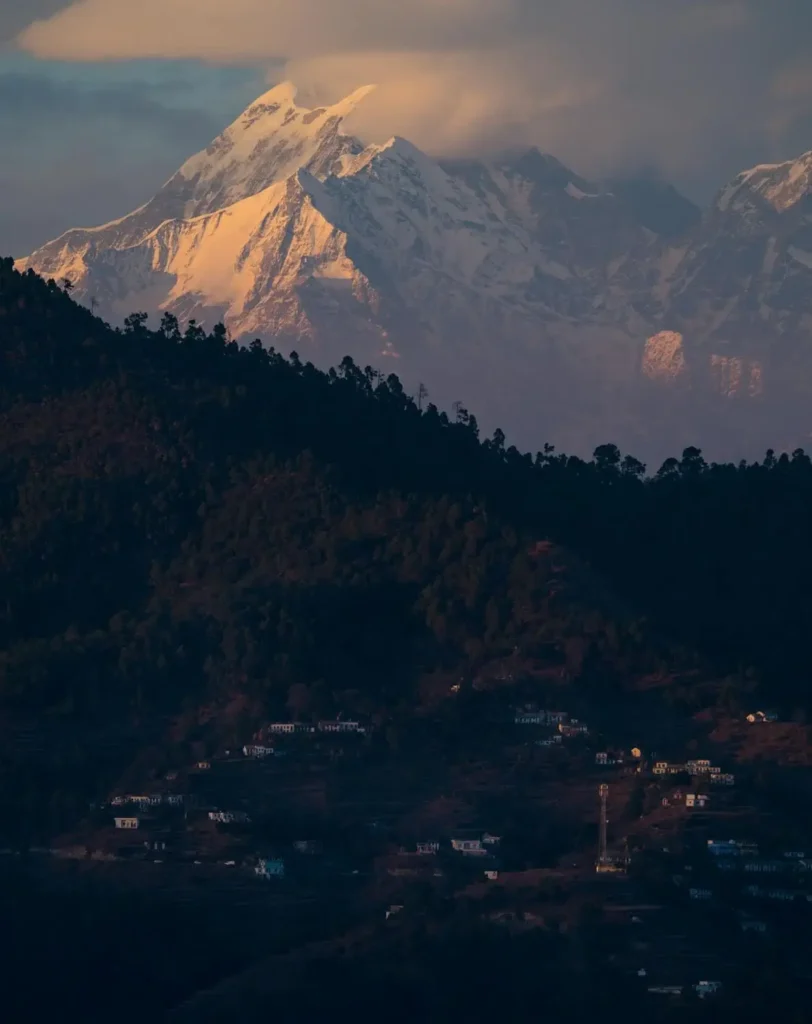
Autumn is an ideal time to explore any part of India. Whether you prefer the hills, beaches, or bustling cities, the climate is generally pleasant, making travel enjoyable. The season’s festivals offer a chance to experience India’s cultural richness and witness unique local traditions woven into major celebrations.
The Golden Triangle Circuit—Delhi, Agra (home to the Taj Mahal), and Jaipur (Rajasthan)—is particularly popular in autumn. This route provides a glimpse into India’s history, architecture, and vibrant culture, all against the backdrop of festive decorations and celebrations.
Indian Winters
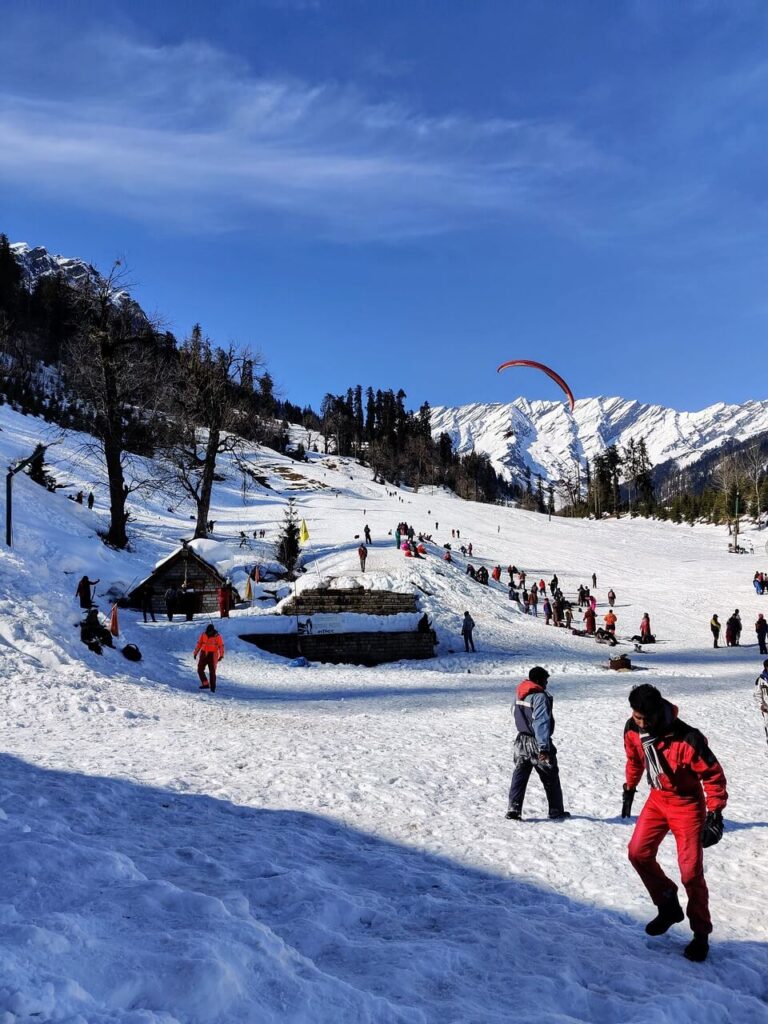
Winter in India, from mid-December to late February, brings a range of climates. In the northern plains and mountainous regions, winters can be quite severe, with intense cold and snowfall in the hills. Elsewhere in the country, however, the weather remains comfortably mild, making it a favourable season for travel.
Top Winter Destinations in India
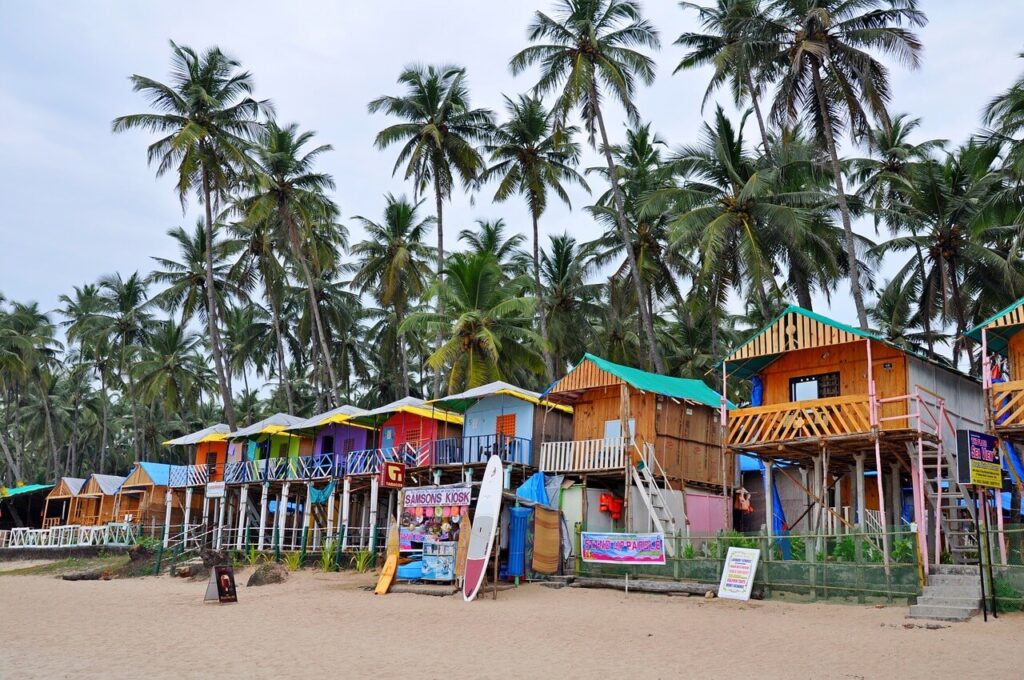
Winter is the peak season for beach tourism, especially in Goa and along the beaches of both the east and west coasts, where warm and pleasant weather draws crowds. In the mountains, snowfall attracts tourists to scenic destinations like Gulmarg and Manali, perfect for skiing and winter sports.
Central India, including regions like Rajasthan, Madhya Pradesh, and Telangana, offers a more moderate climate in winter, making it ideal for exploring famous and lesser-known attractions alike. From the historic forts of Rajasthan to the wildlife reserves of Madhya Pradesh, these areas provide a variety of experiences during India’s mild winter season & many international tourists visit India during this period to enjoy the royal beauty of Rajasthan palaces.
Spring Season in India
In India, spring marks a vibrant transition as winter ends and the new agricultural cycle begins. This season is culturally significant, with many regions and communities celebrating the New Year during this time. Holi, one of India’s most celebrated festivals, occurs in early spring and is known as the “Festival of Colors.” It brings people together in joyous festivities involving coloured powders, water, and traditional songs (One should definitely visit India to witness, if not play Holi with the locals).
As flowers bloom and ice melts, lush greenery spreads across landscapes, making it an ideal season for outdoor activities. Botanical gardens, trekking routes, and scenic nature trails are at their most inviting.
Top Places to Visit in India During Spring
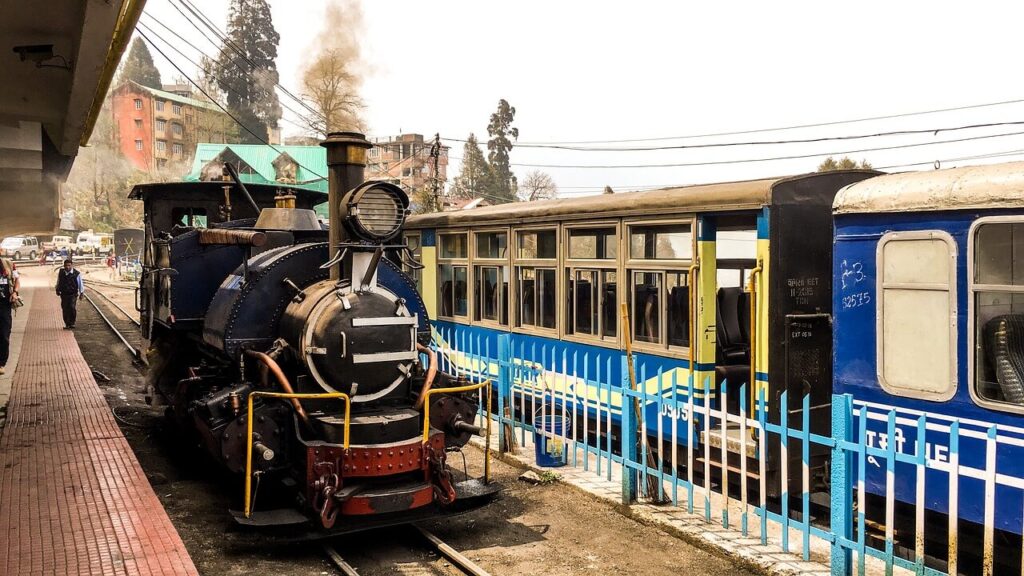
Spring is perfect to visit India’s renowned national parks, like Jim Corbett and Ranthambore, which offer excellent wildlife viewing opportunities. In southern India, destinations such as Ooty, Munnar, and Coorg are particularly lush and vibrant, with fresh foliage and mild weather. This is also an excellent time to explore the tea plantations of West Bengal, where the landscape comes alive with vivid green tea gardens and refreshing spring air.
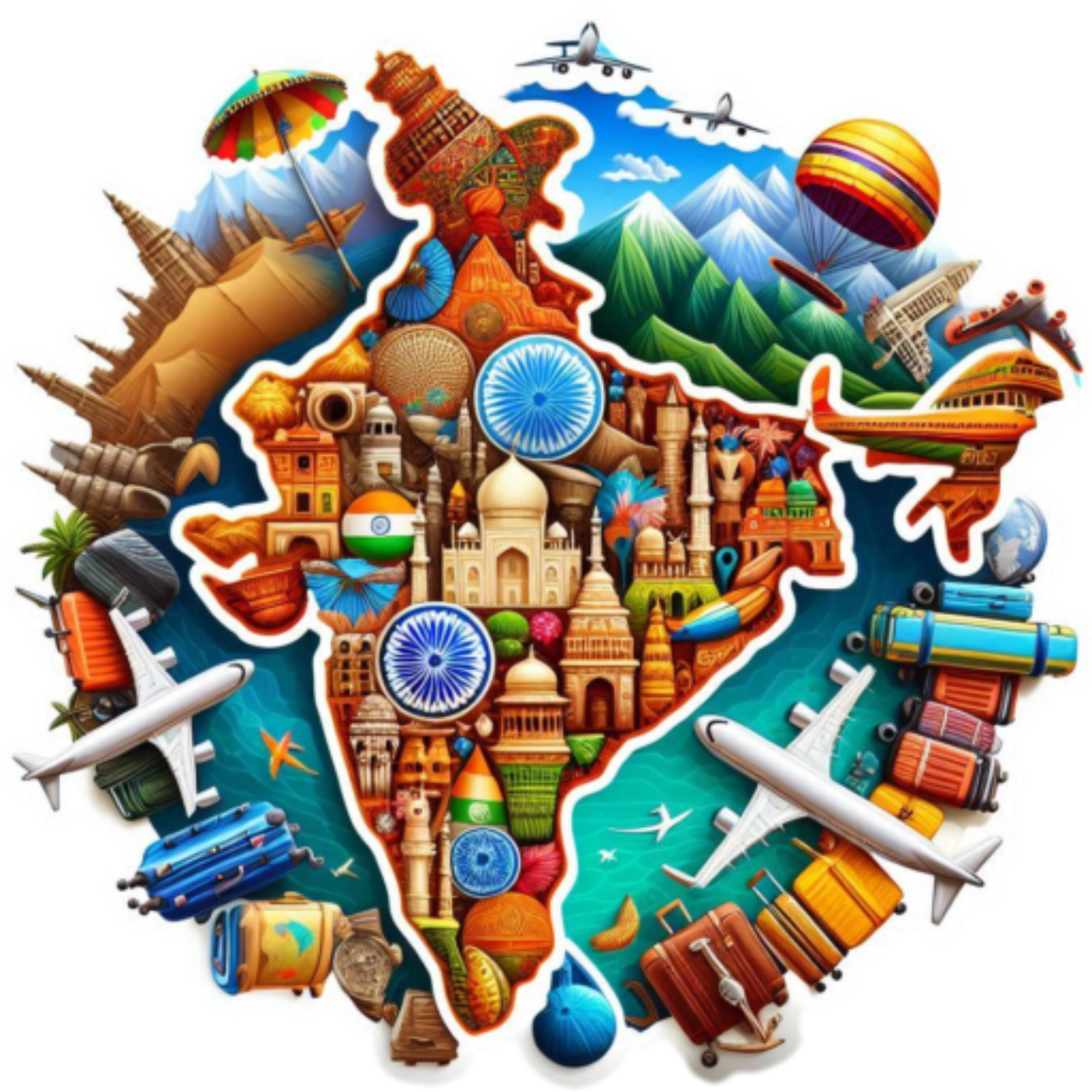




Pingback: Gurudongmar Lake: Everything you should know before planning your trip - Traveling to India?
Pingback: Orchha: Why You Must Visit Here At Least Once - Traveling to India?